The desert locust, a creature that seems almost mundane in its solitary form, transforms into one of nature's most devastating forces when it gathers in swarms. These insects, often overlooked in their isolated state, become harbingers of famine and agricultural ruin when they shift into their gregarious phase. The phenomenon of locust swarming has plagued human civilizations for millennia, leaving trails of destruction that ripple through economies and ecosystems alike.
What triggers this dramatic transformation from solitary grasshopper to swarming menace? Scientists have long been fascinated by the biological and environmental cues that spur locusts to abandon their solitary ways. Recent research reveals that crowding and specific weather patterns create a perfect storm for swarm development. When populations reach critical density, the insects' bodies undergo startling changes – their coloration darkens, their muscles strengthen, and their metabolism shifts to support prolonged flight.
The color change in locusts serves as nature's warning signal. In their solitary phase, these insects typically display muted earth tones that blend with their surroundings. However, as they transition to swarm mode, their pigmentation intensifies to striking yellows and blacks. This chromatic shift isn't merely cosmetic; it reflects profound physiological changes that prepare the insects for mass migration and reproduction. The darker coloration helps regulate body temperature during long flights, while the bright hues may serve as visual communication within the swarm.
Meteorological conditions play a crucial role in swarm formation. Periods of drought followed by rapid vegetation growth create ideal breeding conditions. Locusts thrive in these boom-and-bust cycles, with females laying egg pods that can contain up to 80 eggs each. When rains arrive after dry spells, the synchronized hatching of countless eggs can produce staggering numbers of nymphs that quickly strip areas of vegetation and begin their march as hungry hopper bands.
The economic impact of locust swarms defies imagination. A single square kilometer of swarm can contain up to 80 million locusts, consuming in one day what 35,000 people would eat. Recent outbreaks in East Africa and South Asia have demonstrated how quickly these insects can devastate food security. Farmers watch helplessly as clouds of locusts descend on their fields, leaving nothing but bare stems in minutes. The aftermath often requires years of recovery, with vulnerable communities facing prolonged food shortages.
Modern technology has revolutionized locust monitoring and control efforts. Satellite imagery, drone surveillance, and predictive modeling now allow scientists to track breeding grounds and swarm movements with unprecedented accuracy. While pesticide spraying remains the primary control method, researchers are exploring innovative approaches including fungal biopesticides and pheromone disruption. These alternatives aim to reduce environmental impact while maintaining effectiveness against the swarms.
Climate change introduces new variables into the locust equation. Shifting rainfall patterns and increased temperature variability may expand potential breeding ranges. Some researchers suggest that warming temperatures could accelerate locust reproduction cycles, potentially leading to more frequent outbreaks. These concerns have prompted international organizations to strengthen early warning systems and cross-border cooperation in affected regions.
The cultural impact of locusts runs deep in human history. Ancient texts from Egyptian hieroglyphs to the Bible describe locust plagues as divine punishments. This historical perspective underscores how locust outbreaks have shaped human civilization's relationship with the natural world. Even today, the psychological toll on farming communities facing swarm invasions can be profound, with generations-old livelihoods threatened in mere hours.
Despite their destructive potential, locusts represent an incredible example of phenotypic plasticity – the ability of an organism to change its characteristics in response to environmental conditions. This biological marvel continues to intrigue scientists studying how simple environmental cues can trigger complex behavioral and physiological transformations. Understanding these mechanisms may hold insights applicable far beyond pest control, potentially informing research into human health and environmental adaptation.
Looking ahead, the battle against locust swarms requires balancing immediate control needs with long-term ecological considerations. While protecting crops remains paramount, scientists emphasize the importance of sustainable approaches that preserve biodiversity and ecosystem health. The locust's story serves as a powerful reminder of nature's dual capacity for wonder and devastation, and humanity's ongoing challenge to live in balance with the planet's most resilient creatures.

By /Jun 10, 2025
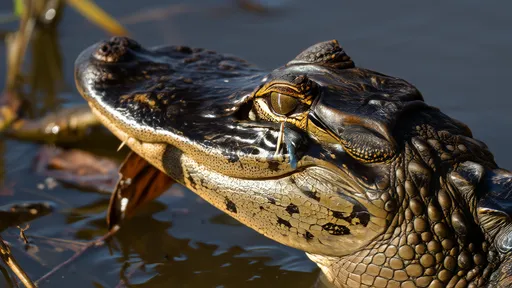
By /Jun 10, 2025
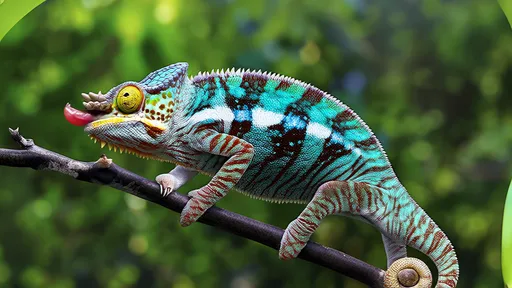
By /Jun 10, 2025
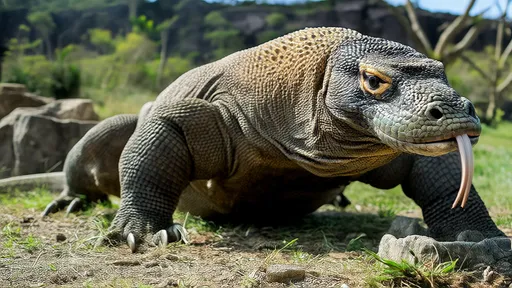
By /Jun 10, 2025
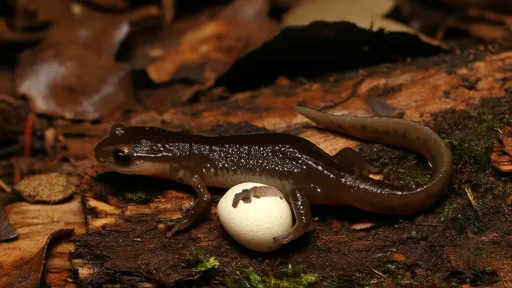
By /Jun 10, 2025
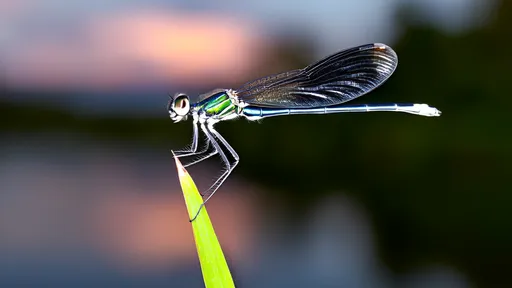
By /Jun 10, 2025
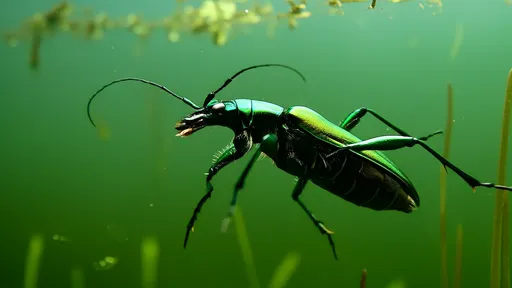
By /Jun 10, 2025
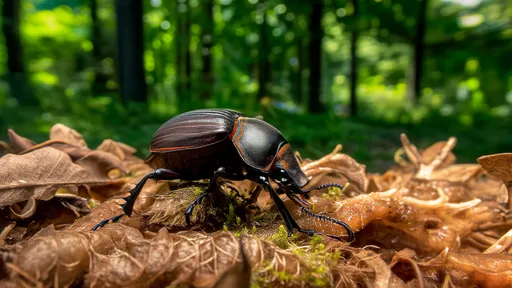
By /Jun 10, 2025
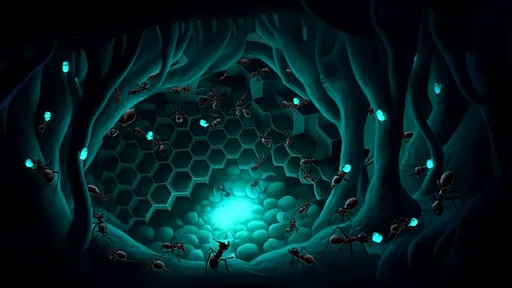
By /Jun 10, 2025
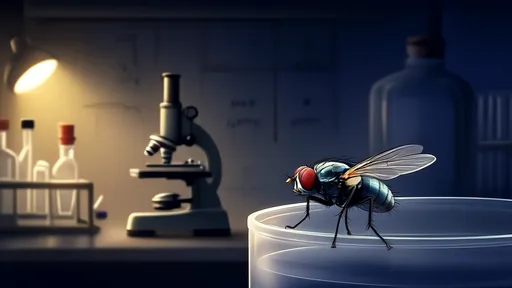
By /Jun 10, 2025
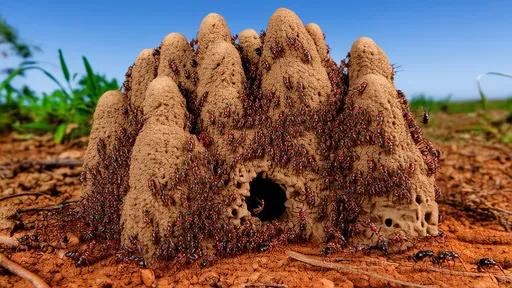
By /Jun 10, 2025
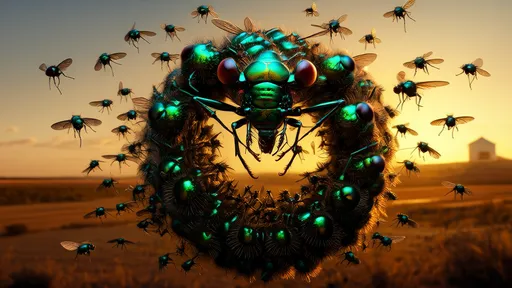
By /Jun 10, 2025
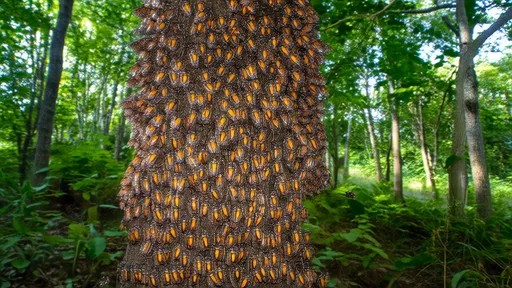
By /Jun 10, 2025
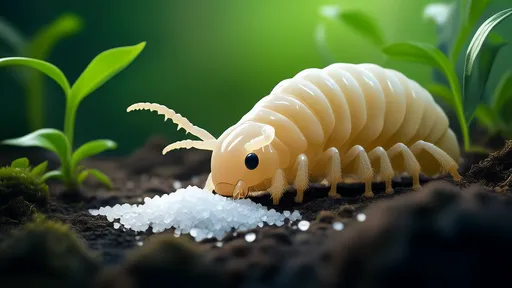
By /Jun 10, 2025
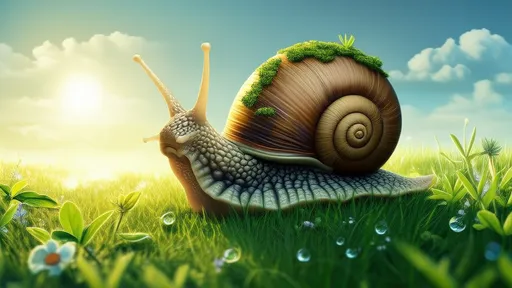
By /Jun 10, 2025
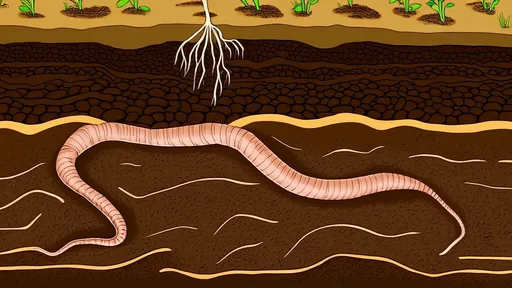
By /Jun 10, 2025

By /Jun 10, 2025